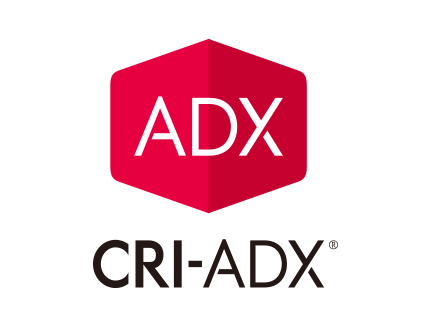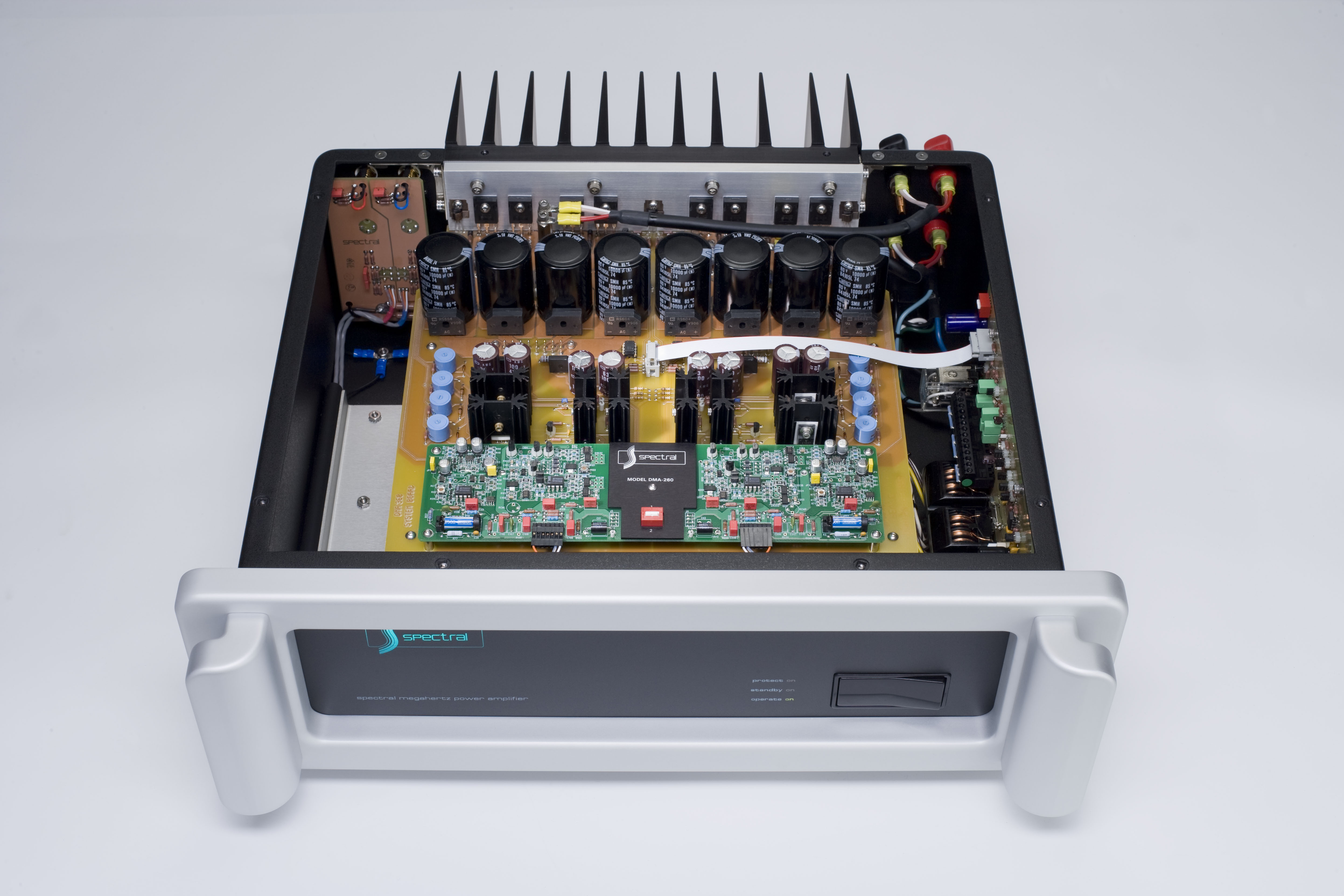
Power supply voltage must not exceed +55/-55 V DC.Use a +45/-45 V DC, 3A dual supply for powering the circuit.Assemble the circuit on a good quality PCB.Now adjust R8 so that the multimeter reads 16.5mV which corresponds to 50mA quiescent current.

Next step is setting up the quiescent current and keep the preset R8 in minimum resistance and connect a multimeter across points marked X & Y in the circuit diagram. Set R1 at midpoint before powering up and then adjust it slowly in order to get a minimum voltage (less than 50mV0 at the output. The network comprising of capacitor C3 and resistor R19 improves high frequency stability and prevents the chance of oscillation. Preset R8 can be used for adjusting the quiescent current of the amplifier. Power amplification stage based on Q7 and Q8 which operates in the class AB mode. This is done in order to improve linearity and gain. The second differential stage is formed by transistors Q3 and Q6 while transistors Q4 and Q5 forms a current mirror which makes the second differential pair to drain an identical current. Resistors R3 and R2 sets the gain of the amplifier. Preset R1 is used for adjusting the voltage at the output of the amplifier.

Transistor Q1 and Q2 forms the input differential pair and the constant current source circuit built around Q9 and Q10 sources 1mA. Resistor R20 limits the input current to Q1 C7 bypasses any high frequency noise from the input.

IF unblocked, this DC voltage will alter the bias setting s of the succeeding stages. Capacitor C8 is the input DC decoupling capacitor which blocks DC voltage if any from the input source.


 0 kommentar(er)
0 kommentar(er)
